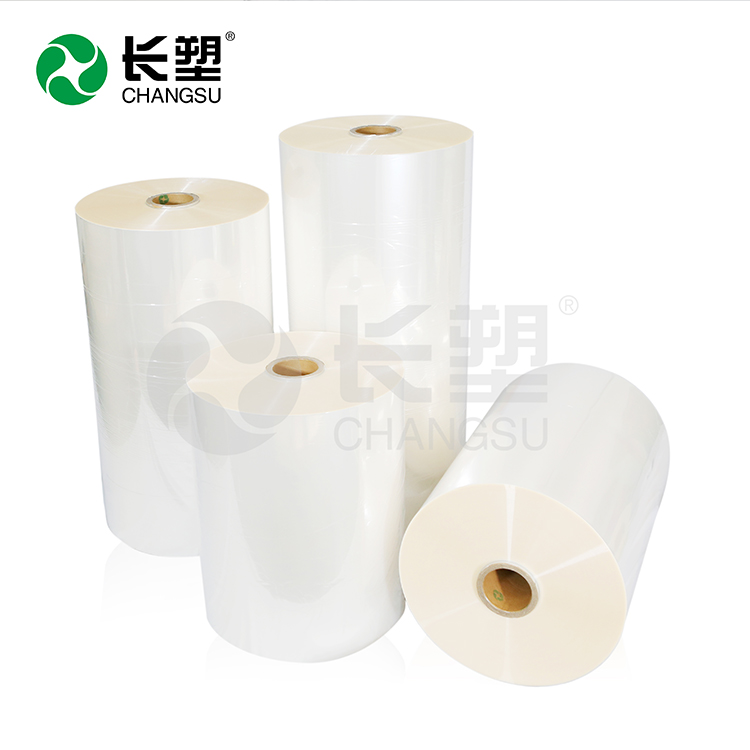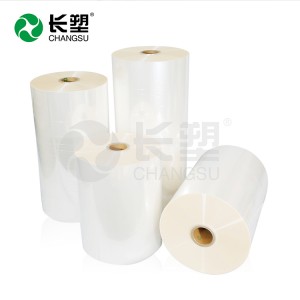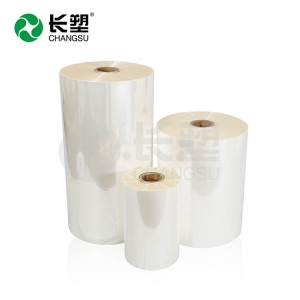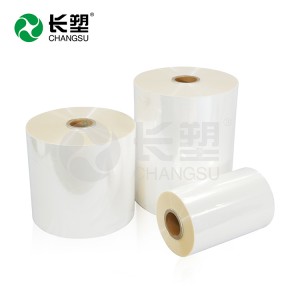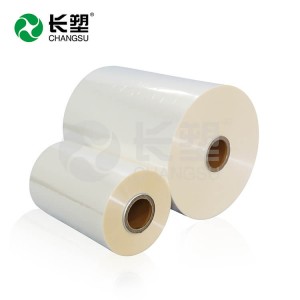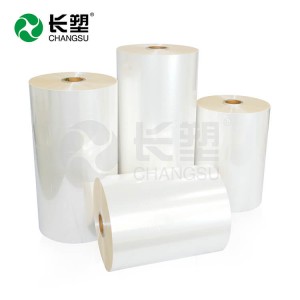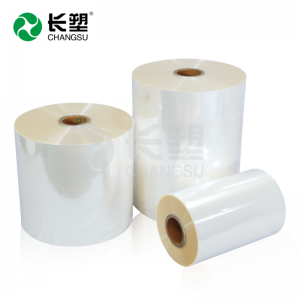MESIM BOPA With Balanced Physical Properties And Converting
| Features | Benefits |
| ● Good oxygen/aroma barrier ● Outstanding isotropy performance in printing and retort |
● Longer shelf life and better freshness ● Excellent converting performance and registration accuracy |
| ● Excellent tensile strength, anti-punch and anti-impact properties ● High flex-crack resistance ● Wide temperature range in application ● Excellent transparency and gloss |
● Capacity with excellent packaging safety to apply to heavy packaging, sharp and rigid products. ● Minimum distortion after retort |
SHA can be used for producing the high-grade packaging within12 colors, sealing width ≤10cm and needs printing registration. It is not easy to warp and curl after 125℃ retorting. It’s recommended to be used for non-heavy packaging products with single bag capacity less than 2kg, for example, retort pouch and cup lid with delicate patterns.
| Thickness /μm | Width/mm | Treatment | Retortability | Printability |
| 15 | 300-2100 | single/both side corona | ≤121℃ | ≤12 colors |
Notice: retortability and printability are depending on customers’ lamination and printing processing condition.
| Performance | BOPP | BOPET | BOPA |
| Puncture Resistance | ○ | △ | ◎ |
| Flex-crack Resistance | △ | × | ◎ |
| Impact Resistance | ○ | △ | ◎ |
| Gases Barrier | × | △ | ○ |
| Humidity Barrier | ◎ | △ | × |
| High Temperature Resistance | △ | ◎ | ○ |
| Low Temperature Resistance | △ | × | ◎ |
bad× normal△ quite good○ excellent◎



The Small Dot/Shallow Net Lost
Print dots are missing or missed in the shallow position of the printed pattern (generally less than 30% of the dot, serious in 50% of the dot will also appear).
Causes:
Ink fineness is not enough, resulting in some large particles of ink cannot be filled to the network of shallow holes;
● Ink concentration is too thick, resulting in poor printing, the formation of dot hollowing;
● Scraper pressure is too large resulting in small amount of ink, ink supply is uneven, resulting in the loss of small dots;
● The use of too much quick-drying solvent, resulting in the ink drying up in the net hole and unable to attach to the film during the transfer process of the shallow net part;
● Printing speed is too slow, in the ink drying up in the net hole during the transfer process;
● Film surface is too rough; the underlying ink is not smooth.
Related Suggestions:
✔ Choose fineness ≤15μm ink;
✔ Appropriate dilute ink viscosity;
✔ The doctor blade should be adjusted to just scrape the ink, not to put too much pressure;
✔ Use less quick-drying solvent to adjust the drying speed of ink on the plate roller;
✔ Try to ensure that the speed of more than 160m/min printing.


